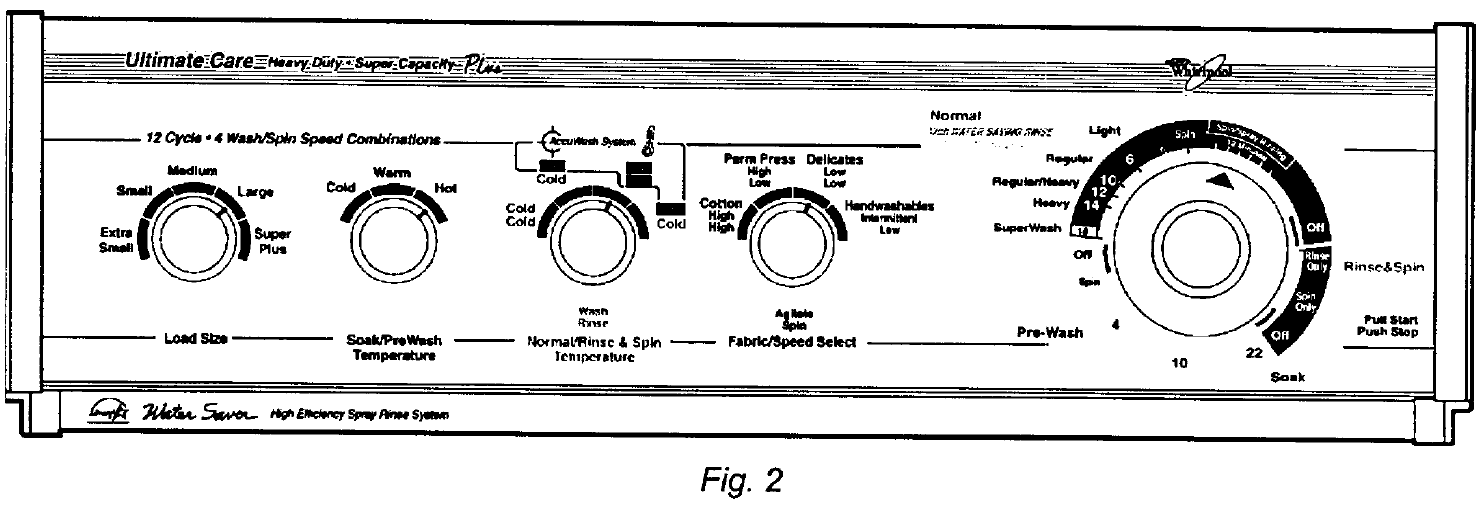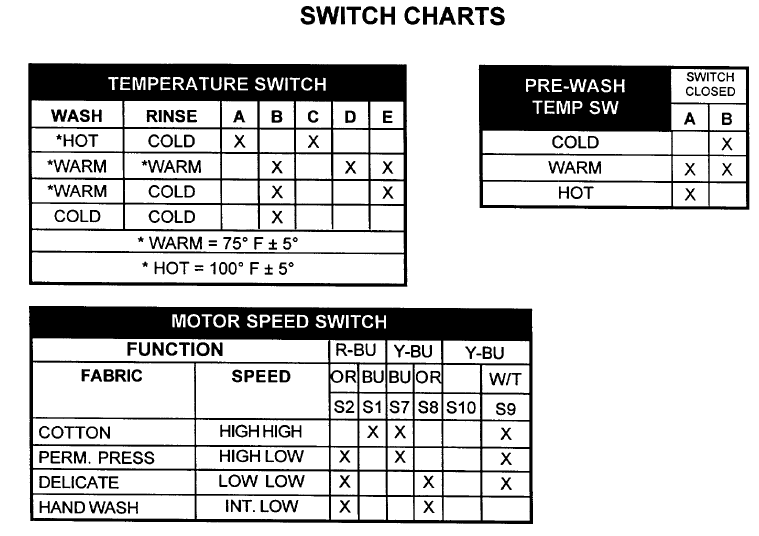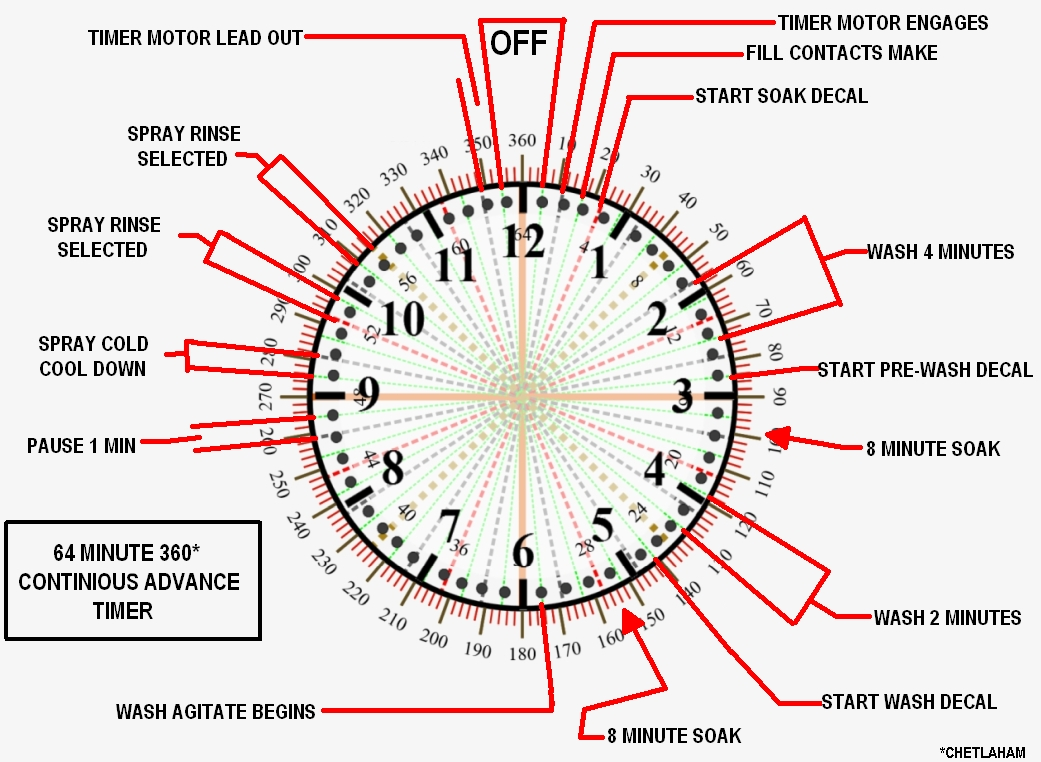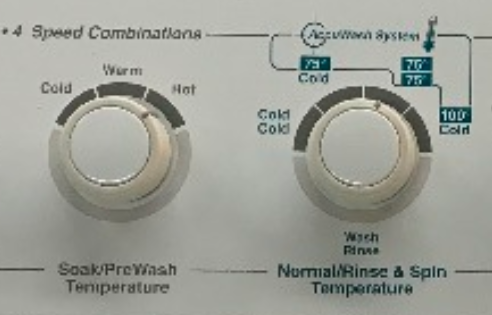Could adding soak periods to the wash period of a deep fill top load washers increase their performance and cleaning power? I figure with modern detergents taking longer to work and the fact that modern washers take so much time to wash as is, could adding soak periods to deep fill top load washers increase their cleaning power and thus relevance?
I've always felt that 10 minutes wash time kind of short for a top load washer and that adding more agitation time like 14, 16 or 20 minutes increased clothing wear. What if top loads utilized a series of soak periods in between the normal agitation time so clothes come out cleaner by letting detergent enzymes worth without extra physical wear and tear?
If so, how much soak time would be ideal?
Here is an example of what I have in mind:
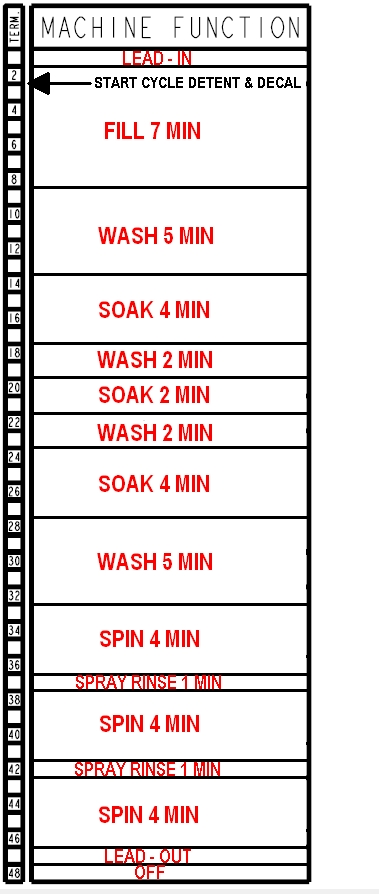
I've always felt that 10 minutes wash time kind of short for a top load washer and that adding more agitation time like 14, 16 or 20 minutes increased clothing wear. What if top loads utilized a series of soak periods in between the normal agitation time so clothes come out cleaner by letting detergent enzymes worth without extra physical wear and tear?
If so, how much soak time would be ideal?
Here is an example of what I have in mind:








